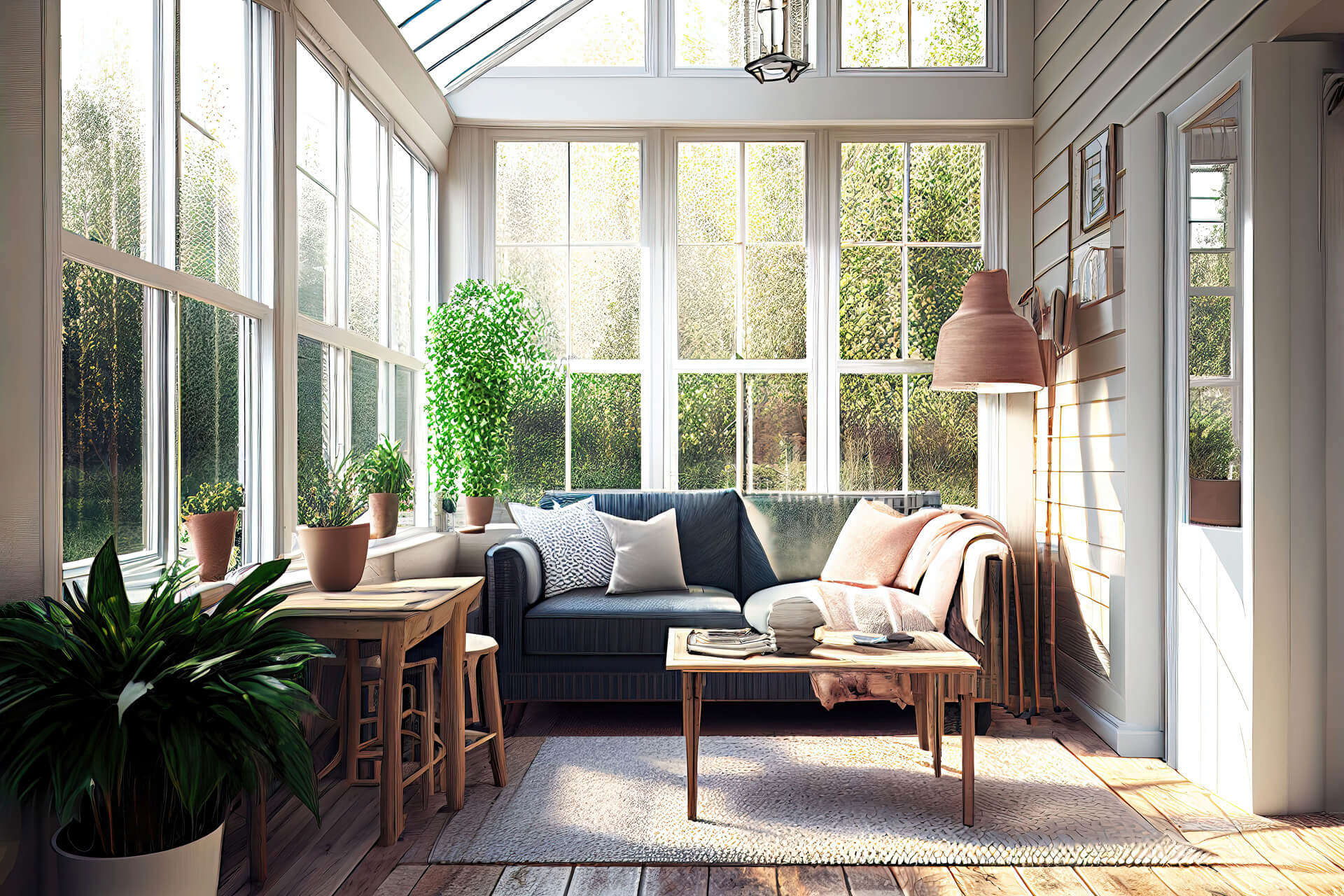
Noise Reduction Windows: Do They Really Work?
Are you tired of constantly being disturbed by the noise outside your home? Whether it’s the constant buzz of airplanes overhead, the never-ending sounds of the city, or the rumble of traffic from nearby highways, exterior noise can be a major source of frustration for homeowners. The good news is that there’s a solution: noise-reduction windows.
You might ask yourself, “Can’t soundproofing window inserts help reduce outside noise just as well?” While inserts can help to a degree, noise-reduction windows are specially designed to minimize external noise and create a more peaceful indoor environment.
How to Reduce Noise Coming in Through Your Windows
To effectively reduce outside noise infiltration, consider several key factors before you buy noise-reduction windows:
- Laminated Glass – Many noise-proof windows feature multiple layers of glass with a layer of polyvinyl butyral (PVB) sandwiched between them. This design helps to dampen sound vibrations and provides better insulation against noise.
- Window Thickness – Thicker windows, such as double or triple-pane with varying thicknesses, disrupt sound waves and provide better insulation against noise.
- Air Gaps and Insulation – Noise-reduction windows often incorporate air gaps between the glass panes or use inert gases (such as argon or krypton) to enhance insulation and reduce the transfer of sound waves.
- Seals and Weather Stripping – Proper seals and weather stripping around the windows are crucial for preventing sound leaks. Noise-proof windows are designed with tight seals to minimize gaps that could allow noise to enter.
- Frame Materials – The material of the window frames can also impact noise reduction. Some materials, like vinyl or fiberglass, are better at dampening sound compared to materials like aluminum.
- Testing and Ratings – Noise-reduction windows are often tested and rated for their sound transmission class (STC) or outdoor-indoor transmission class (OITC). A higher STC or OITC rating indicates better noise reduction performance.
- Installation Quality – Proper installation is essential for the optimal performance of noise-cancelling windows. Inadequate installation can create gaps or weak points that allow sound to penetrate.
While noise-proof windows can significantly reduce the impact of external sounds, it’s important to note that complete elimination of all noise is not always possible. The effectiveness of these windows depends on various factors, including the type and frequency of the noise, the design of the windows, and the overall construction of the building.
Soundproof Replacement Windows
The main benefit of investing in soundproof replacement windows is a reduction in outside noise, creating a quieter and more peaceful indoor space.
But soundproof replacement windows also provide other advantages, including:
- Improved energy efficiency
- Enhanced security
- Improved aesthetic appeal of a home
- Reduced temperature fluctuations and a consistent indoor climate
- Filtering of harmful UV rays
Local Noise-Reducing Window Regulations
Many cities and urban areas have implemented regulations requiring noise-reducing windows in buildings. These regulations are in place to address the negative effects of noise pollution on the health and well-being of residents. Excessive noise from urban activities, such as traffic and construction, can lead to increased stress, sleep disturbances, and other health-related issues.
Find Local Window Replacement Contractors
Researching local window replacement contractors to install noise-reduction windows doesn’t have to be a daunting task. Whether you’re looking to upgrade the efficiency of your home or simply want to enhance its appearance, our contractors are ready to assist you with top-notch service and quality workmanship.
If you’re ready to take the next step in your window replacement project, we encourage you to visit our window replacement costs page and learn more about replacement window ROI you could enjoy. There, you can explore the estimated costs for different types of windows and make an informed decision about your budget and project scope.
